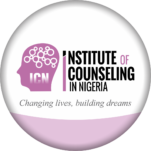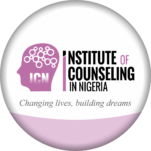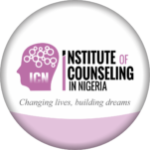Play therapy refers to a method of psychotherapy with children in which a counselor/therapist uses a child’s fantasies and the symbolic meanings of his or her play as a medium for understanding and communication with the child. Association for Play Therapy (APT) defines play therapy as “the systematic use of a theoretical model to establish an interpersonal process wherein trained play therapists use the therapeutic powers of play to help clients prevent or resolve psycho-social difficulties and achieve optimal growth and development.’. Initially developed in the turn of the 20th century, today play therapy refers to a large number of treatment methods, all applying the therapeutic benefits of play. Play therapy differs from regular play in that the therapist helps children to address and resolve their own problems. Play therapy builds on the natural way that children learn about themselves and their relationships in the world around them (Axline, 1947; Carmichael, 2006; Landreth, 2002).
The aim of play therapy is to decrease those behavioral and emotional difficulties that interfere significantly with a child’s normal functioning. Inherent in this aim is improved communication and understanding between the child and his parents. Less obvious goals include improved verbal expression, ability for self-observation, improved impulse control, more adaptive ways of coping with anxiety and frustration, and improved capacity to trust and to relate to others.
In this type of treatment, the therapist uses an understanding of cognitive development and of the different stages of emotional development as well as the conflicts common to these stages when treating the child.
However, therapeutic play, (including play therapy), is a well-established discipline based upon a number of psychological theories. Research, both qualitative and quantitative shows that it is highly effective in many cases. Recent research by PTUK, an organization affiliated to PTI, suggests that 71% of the children referred to play therapy will show a positive change. A safe, confidential and caring environment is created which allows the child to play with as few limits as possible but as many as necessary (for physical and emotional safety). This allows healing to occur on many levels following our natural inner trend towards health. Play and creativity operate on impulses from outside our awareness – the unconscious. No medication is used. Are you considering being a professional Play Therapy? Register HERE


